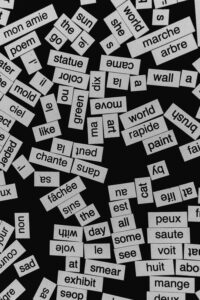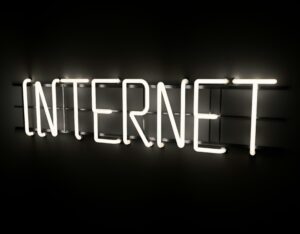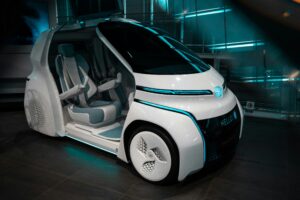In a world where technology seems to advance at lightning speed, one surprising development has emerged in the business world: the rise of virtual influencers. Yes, you read that right – virtual influencers, who are not real people but rather computer-generated characters with their own personalities, interests, and millions of followers on social media platforms.
One such example is Lil Miquela, a virtual influencer created by the company Brud, who has amassed over 2.8 million followers on Instagram. Despite not being a real person, Lil Miquela collaborates with real brands and even releases music that charts on Spotify. This phenomenon raises questions about authenticity, the future of influencer marketing, and the blurred lines between reality and fantasy in the digital age.
According to a study by HypeAuditor, virtual influencers have higher engagement rates than real influencers, with an average of 5.19% compared to 3.21%. This indicates that audiences are not only accepting but also engaging with these virtual personas on a deeper level.
Some industry experts believe that virtual influencers represent the next evolution of influencer marketing, offering brands the opportunity to create innovative and engaging campaigns with characters that are not limited by the constraints of reality. However, others raise concerns about the ethical implications of promoting products and ideologies through non-human entities.
As we navigate this brave new world of virtual influencers, one thing is clear: the line between what is real and what is virtual is becoming increasingly blurred, challenging traditional notions of authenticity and representation in the digital age.



